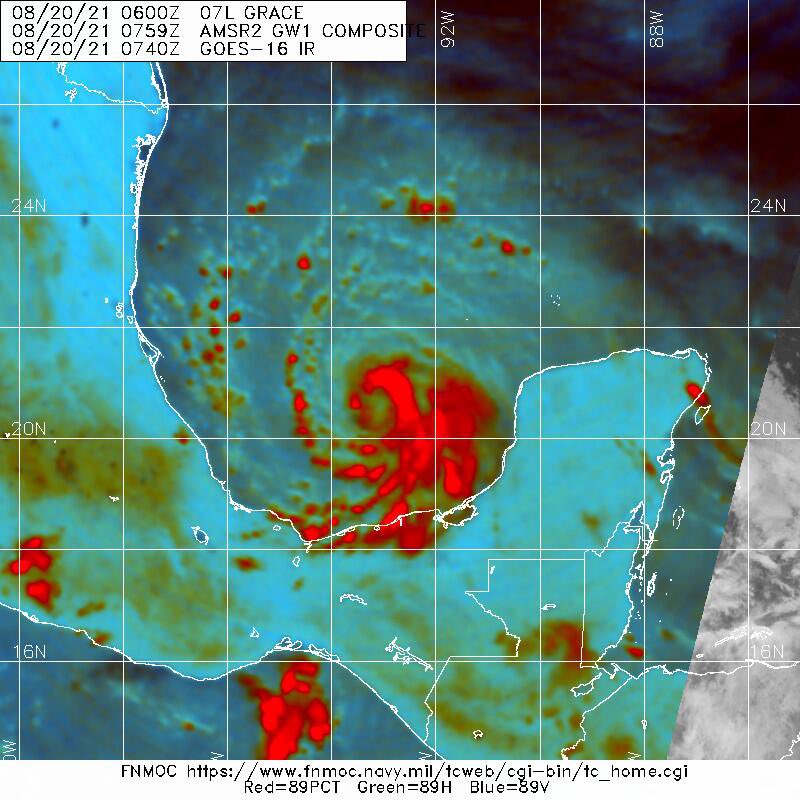
Cover story of today: #Henri has been "hooked" up by an upper-level cutoff low over the eastern US and started to accelerate north, "starburst" outflow pattern heralds a last chance for intensification. 

Earlier this morning, the Central Cold Cover (CCC) having trapped #Henri for so long finally came to dissipation. As upper-level SW winds from the cutoff flushed toward #Henri and (briefly) mitigated shear problem, the storm took on new appearance and started to form a real core.
https://twitter.com/Minghao_Zhou/status/1428641110558232577
Morning recon into #Henri revealed the inconvenient facts that the storm, shabby and mediocre, barely holds on as a "hurricane" despite more than a day's very deep yet asymmetric convection. NW quadrant was astoundingly weak. But now, things are wrapping up and being compensated. 

As baroclinic energy from the east US cutoff injects into the W quadrants of #Henri, blobs of convection are being excited on its weakness side, and that'll help the development of an axisymmetric circulation.
Meanwhile, #Henri is situated over the last resort of warm water - the Gulf Stream. Tonight, after passing the equivalent latitude of DC, SSTs will no longer be favorable. Even the "relatively warm" water become quite shallow to the N and contains nearly zero ocean heat content. 



#Henri is looking more like a hurricane than it ever has at the moment with a tiny core and medium-sized eye in formation.
The cloud top temperatures in #Henri are getting warmer compared to last two days, partly because it's also moving into higher latitudes, but since the CCC was gone its circulation was also getting healthier and more symmetric, with a ragged eye emerging on IR.
Earlier recon at sunset showed #Henri's pressure dropped slightly to ~988 hPa, or 5 hPa deepening throughout the day. Wind-wise, it holds on as a marginal Cat.1 hurricane, with slightly improved structure on western side. #Henri has ran out of the warm waters as of tonight. 

• • •
Missing some Tweet in this thread? You can try to
force a refresh




















